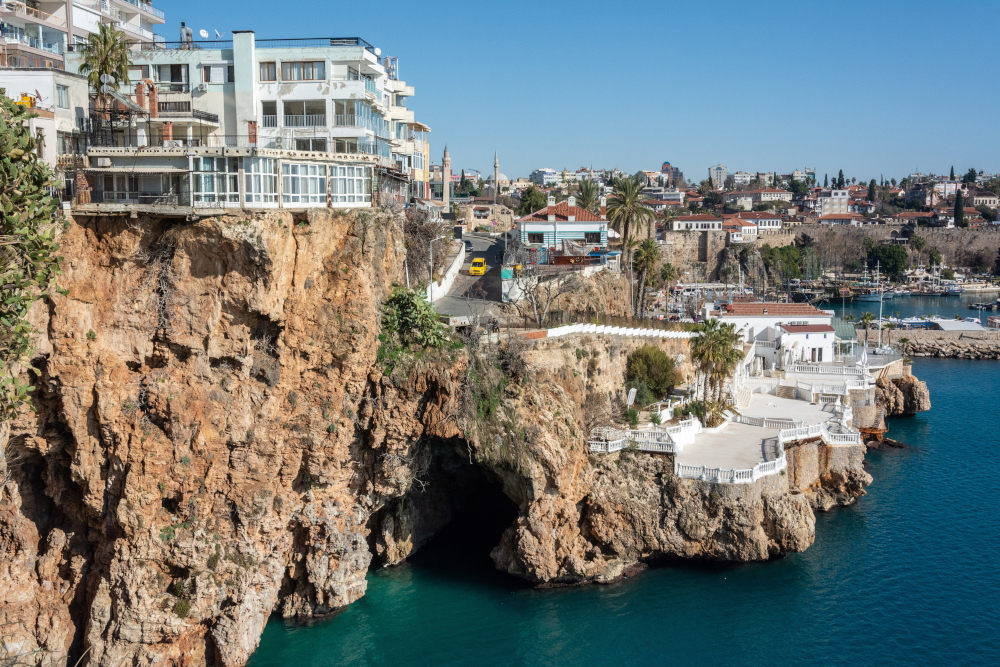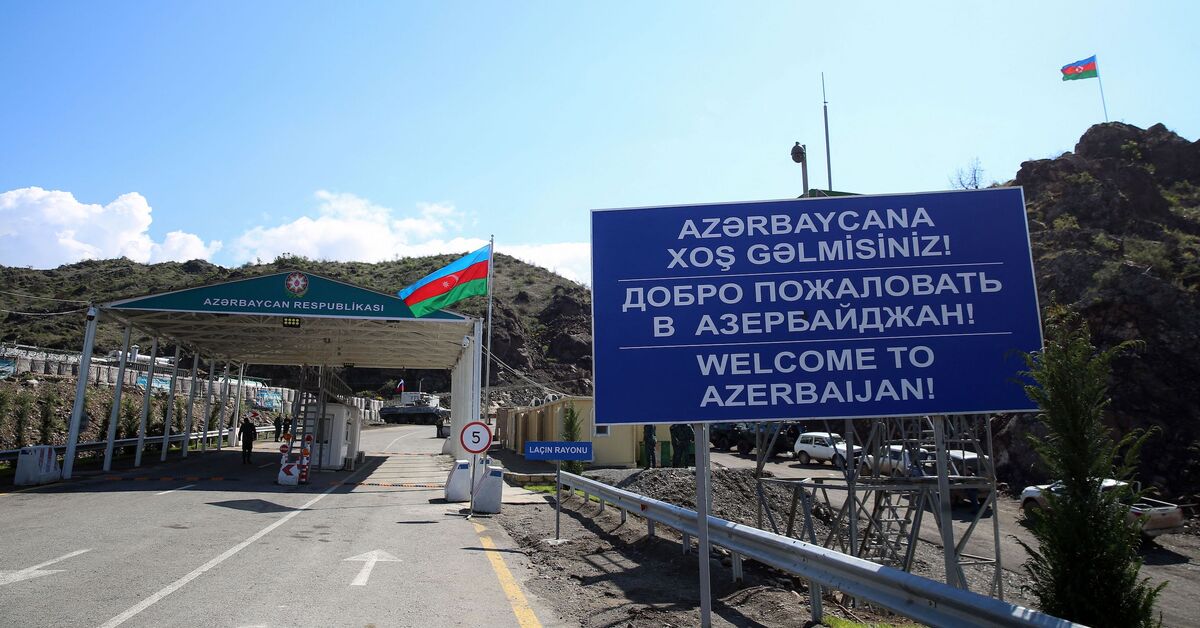A Turkey travel guide for first-time luxury travellers | Luxury Lifestyle Magazine
There are few places on Earth where you can sip coffee in Europe, cross a bridge, and have lunch in Asia all in the same afternoon. But in Turkey, a country that doesn’t just exist on two continents, but also brings multiple cultures, histories, and flavours together, you can do just that.
Whether you enjoy exploring historical sites, new food experiences, or mesmerising views, Turkey has a little something for everyone. If you’re planning your first visit, here’s everything you need to know to ensure you make the most of it.
The best time to visit
Turkey is beautiful all year round, but a spring or autumn visit ticks all the boxes to ensure you get the most out of the experience.
Summer, from July to August is, of course, best for sun-soaked beach days – but with the mercury often rising into the mid-thirties, the springtime, from April to June, offers more comfortable weather and fewer tourists, with temperatures reaching up to 20°C. Autumn, from September to October, brings warm days and cool nights, with average highs in the mid-twenties, and as the peak season crowds thin, sightseeing becomes a more pleasant experience.
But even winter, from November to March, is a good time, particularly if you’re visiting for a city break. In Istanbul, daytime temperatures are around eight to 11°C – so you’ll need to pack accordingly and be prepared to wrap up warm, but it’s worth it to be able to explore this vibrant city at a more relaxed pace.
Whichever season you decide to go for, you’ll find an array of Turkey travel packages to choose from designed to suit your tastes and preferences, including luxury hotels covering a range of different destinations across the country – and with advanced planning with the weather in mind, you’ll have a memorable trip whatever the time of year.

The must-visit spots
Turkey has no shortage of attractions to see and enjoy, but some just shouldn’t be missed – especially if it’s your first visit to this intriguing nation. Here are some of the most notable spots to get you started:
Istanbul
The most popular destination for tourists from across the globe, Istanbul is known for its stunning architecture and is home to iconic sights including the Hagia Sophia, Blue Mosque and the Grand Bazaar – all of which you won’t want to miss. With a rich and unique history and a mix of European, Asian, Middle Eastern, and Mediterranean cultures, shaped by its Roman, Byzantine, and Ottoman heritage, this is where you’ll find Europe and Asia just a bridge apart.
Cappadocia
Visiting Cappadocia feels a little bit like stepping into a fantasy novel. Perhaps best-known for its sunrise hot air balloon rides over its expansive valleys, vast, moon-like landscapes and unusual rock formations carved by volcanic activity and erosion make this a place that is unlike any you’ve ever seen before.
Pamukkale
Located in southwestern Turkey in the Denizili province, Pamukkale, true to its name, looks like it’s made of clouds. Its shimmering white terraces, filled with mineral-rich water that cascades dramatically down the hillside, are said to have healing properties and make for a truly spectacular sight. Pammukale is also home to the ancient Greco-Roman city of Hierapolis, which offers an intriguing glance into the past – and you can even take a dip in Cleopatra’s antique thermal pool.
Antalya
If you’re looking for a combination of golden, sandy beaches and rich history, then Antalya strikes the perfect balance, allowing you to explore ancient ruins in the morning and be sipping a cocktail at a beach club by noon. Here, you can spend your days wandering through the old towns and streets, visiting charming cafés, or heading to Lara Beach for five-star resorts and a luxurious experience.

Ephesus
This city is another must-visit spot that is steeped in ancient history, and its grand amphitheatre and the Library of Celsus make it easy to imagine what life was like here thousands of years ago. Even if you’re not a history geek, its nearby beaches and verdant countryside make it a more complete experience, and a place so fascinating you won’t regret making the visit.
Where and what to eat
Turkish food is so diverse and delicious that it deserves its own dedicated guide, and the nation is home to an impressive number of fine dining eateries, including 14 with Michelin stars.
The highest concentration of these can be found in Istanbul, which, with seven to its name, is a foodie’s paradise. The two Michelin-starred TURK Fatih Tutak, with its innovative approach to Turkish cuisine, offering a refined tasting menu that showcases the country’s rich culinary heritage, should be at the top of your list of places to try. One-starred rooftop dining spot Mikla serves up a creative menu of Anatolian-inspired cuisine, and offers spectacular panoramic views of the city, while at Sankai by Nagaya, you can enjoy a unique blend of Turkish and Japanese flavours and a menu dreamt up by esteemed chef Yoshinori Nagaya.
If you’re looking to try some of the more traditional local fare, then there are plenty of tasty dishes to look out for, too. Here are some of the top must-try dishes to whet your appetite:
Kebabs are the soul of Turkish cuisine, and feature flavour-packed grilled or roasted meats – typically chicken, lamb or beef – marinated and cooked in accordance with various regional styles from across the country. There are many different varieties to try, served with rice, bread, vegetables or salad and a tangy yoghurt-based sauce – and each one is as delicious as the next.

Mezze platters are another favourite and perfect for sharing. A colourful spread of small hot and cold appetisers that are usually served before a meal, dishes like hummus, dolma (stuffed vine leaves) and sigara böreği (fried pastry rolls with cheese) are often included, but you’ll likely get a few surprises alongside them each time you order.
If you’ve got a sweet tooth, be sure to save some room for dessert. Baklava is made of layers of flaky pastry, pistachio, and honey or sweet syrup, and the crunch mixed with the syrup and nutty flavour makes it simply irresistible. Finally, no meal is ever complete without Turkish coffee. It’s thick, rich, and an experience in itself.
Getting around
Turkey is surprisingly easy to navigate. Major cities have modern airports and reliable domestic flights, long-distance buses are comfortable and affordable, and taxis or ride-hailing apps make short trips simple. Most cities feature minibuses, metros, and trams that conveniently take you from one spot to another – but you can also rent a car if you’re keen to explore at your own pace.
To avoid having to deal with the logistics altogether, consider luxury travel packages that include guided tours and private transfers, which are ideal for those who prefer to explore without the added stress of managing a daily commute, and are seeking a smooth and seamless experience.
Quick tips for first-timers
Whether you’re travelling solo or with a group, there are some essentials that you need to know about to prepare accordingly beforehand.
- One of them is the Turkish currency, the Lira. Most places do accept credit cards, but make sure you keep cash handy for markets, local cafés and leaving tips.
- The main language spoken by locals is Turkish. Although you will find English speakers in most tourist spots, learning a phrase or two is always a good idea and means you can easily show your appreciation should you find you’d like to.
- Some places in the country hold religious significance, so be mindful of your etiquette and attire to show respect. For instance, when you’re visiting mosques, dress modestly and always remove your shoes before entering.




